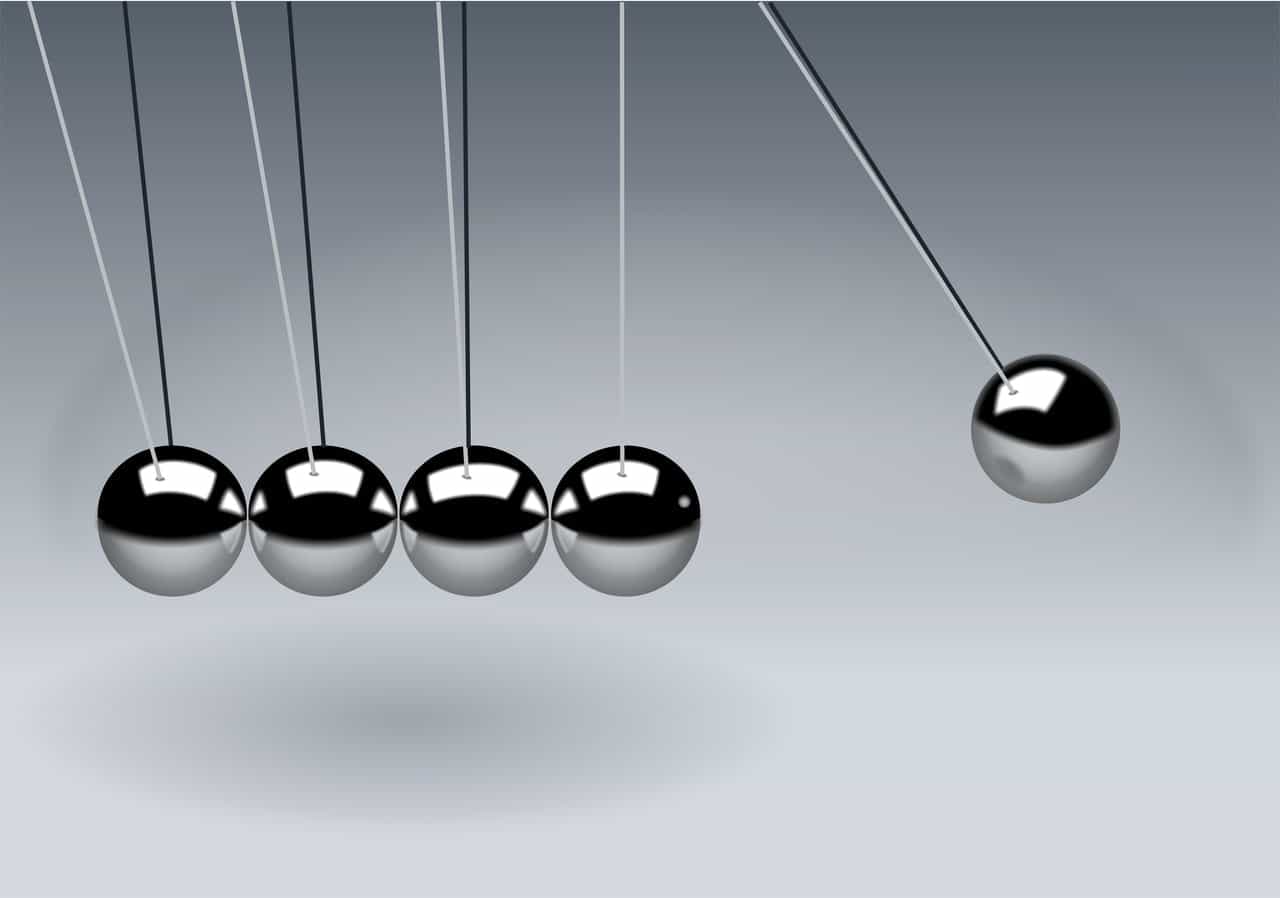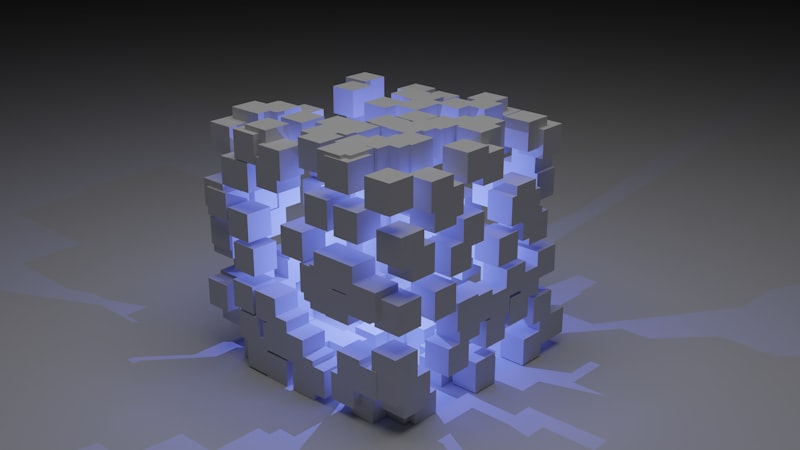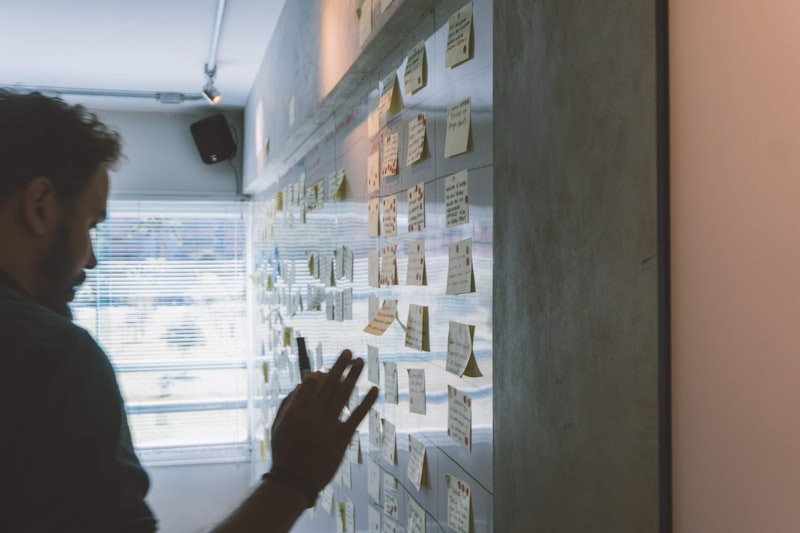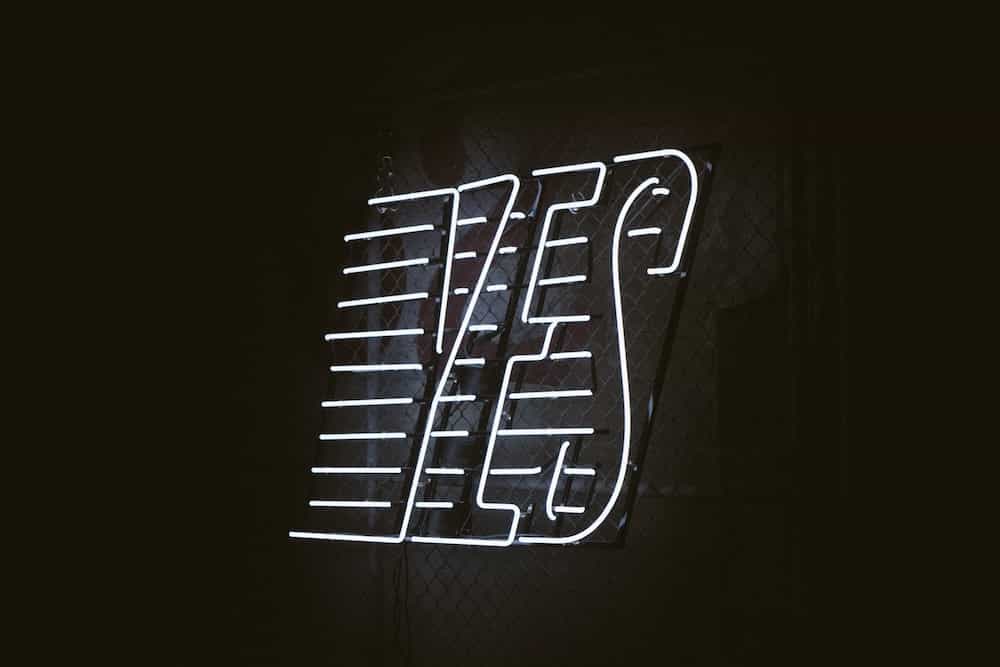The best websites are pleasing to the eye and easy to navigate. A well-designed website draws the user's attention to the most critical parts of a website, steering them in the direction you want them to go. The best way for you to do this is with a call-to-action (CTA) button.
So what makes a CTA button effective?
In this post, I'll explain how web designers and site owners can use psychology to increase conversion rates by making better CTA buttons.

Design is a psychological game.
Design is a psychological game. It's about how people react to your website and, more importantly, how they respond to your call to action.
Most people don't realize that design is all about psychology, but it really is. It's not just the color scheme or fonts you use—it's also what kind of buttons you choose and where they are placed on the page. A well-designed button can be the difference between new customers and no customers whatsoever.
The first thing designers should consider when designing anything is why they're doing it in the first place: what do they want? Maybe it's new clients, or perhaps it's just more traffic on their site; whatever their goal may be, they need to keep that goal in mind when deciding how best to present themselves so that their goals align with those of their customers (or potential customers).
The use of the word "FREE."
You've heard the saying, "There's no such thing as a free lunch." But when it comes to using the word "FREE" in your call-to-action buttons, there is definitely such a thing. For example:
- Free shipping on orders over $50/€40/$100AUD
- Get a FREE trial membership for 30 days!
- Sign up for our VIP club today and get a FREE voucher!
The word "FREE" is used because it's an attention grabber. It helps you get people's attention so they'll take action by doing what you are asking them to do (such as taking a trial or signing up). They're more likely to make that decision than if they don't see the word "FREE" somewhere near the button.
The psychology of color
Want to create a sense of urgency? Research shows that red is the best color for doing so. You see, humans are hard-wired to react strongly to the color red and its associations with danger, blood, and fire—which makes this a compelling choice for CTAs. Using red as your CTA button can help you get your audience's attention quickly, which will make them more likely to click it when they see it on screen (especially if you're using contrast).
Color psychology comes into play here too: Most people associate blue with trustworthiness and stability while yellow conjures up feelings of happiness and energy. If you want your CTA button to evoke these emotions in users, use those colors accordingly! Nowadays, many online tools allow designers/developers and marketers to create custom buttons in different colors according to their needs - check out some popular color palette tools like Coolors - The super fast color palettes generator!
Size matters
The size of the call-to-action button matters. The bigger it is, the more likely people will click on it. But this isn't just about ensuring that your buttons are big enough for customers to see without squinting. There's also some psychology involved in getting people to buy from you!
For example, a study by Basecamp showed that when a button was larger than the text and surrounded by whitespace (the area around the text), users were more likely to click on it. It makes sense because we tend to associate larger things with importance. What does this mean for your website? Make sure all your call-to-action buttons are at least 30 pixels wide and 40 pixels high.
Be clever with copywriting.
- Use the word "you": When writing your CTAs, you want to use personal and conversational language. You'll be most successful when you write as though you're speaking directly to the reader. One of the best ways to accomplish this is by including the word "you" in your CTA copy.
- Ask a question: Questions are a great way to engage people with what you have written because they make users think about their own answers and emotions before moving on with their day. When asking a question that relates back specifically to what was just written on your website (or other media), it helps them stay engaged even more so than if it were just an unrelated question or statement.
- Make it personal: One way marketers can make their CTAs stand out from competitors is by personalizing them for each person who clicks! Personalizing CTAs shows customers that brands care about them individually instead of treating everyone else like faceless masses, making consumers feel cared for and appreciated.
Contrasting colors and shapes
You've heard it before: contrast is important. Your layout should have contrasting colors and shapes so your audience can quickly identify what's what. Contrasting colors and shapes are more effective than similar ones because they help draw attention to the essential elements on a page. For example, consider two buttons: one with a black background and text in blue, and another with white text on a green background. Which button would you click on?
You'd most likely click on the green button because of its bright color against the muted background colors of white (depending on what else was going on in your design). But why does this work? Why do we respond so strongly to contrasting colors? It all comes down to biology; our eyes have evolved over millennia to recognize things like food sources by their color contrasts against natural backgrounds such as foliage or sky. When we see something "pop," it grabs our attention almost immediately--and that instinctive response makes us take action!
Don't forget to add a call-to-action icon.
You should also include an icon to help your call-to-action button stand out from the other secondary buttons on your page. Icons are more effective than plain text when it comes to attracting attention and boosting engagement with your message—and they can be used to convey the message of your CTA in a way that words alone cannot. They can also create a sense of urgency or trust. FontAwesome pro icon library is a great place to start.
You can use psychology to increase the conversion rates of your website. The site visitor's attention is at a premium, and you don't have much time to capture it. If you want people to see your call-to-action button, you need to use psychological principles that help guide their eyes towards that button or away from any distractions around it.
The takeaway is that psychology plays a significant role in buying decisions. We look at colors, shapes, and words familiar to us, and we feel comfortable with them. It is crucial to make sure your buttons stand out from the background so that people don't miss them!







